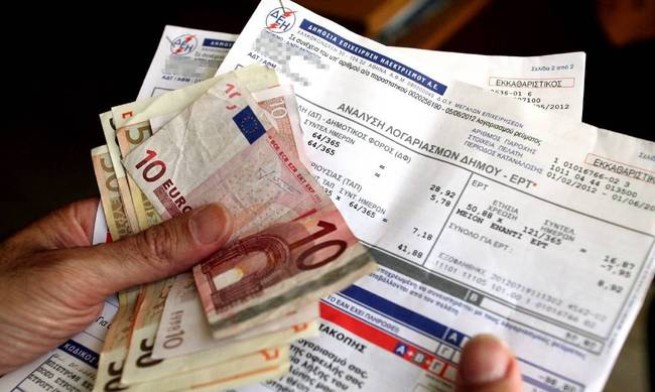With three types of electricity tariffs, which will be marked in different colors to show their differences, the electricity market will return to normal once the “emergency support measures” end.
At the same time, the adjustment clause is indirectly restored through a calculation formula that will be tied to the wholesale market for the formation of sliding tariffs.
Let us remind you that the clause was canceled in the summer of 2022, when a dual mechanism in the retail and wholesale electricity markets was legislated in order to mitigate the consequences of the energy crisis.
According to the decision of the Energy and Water Supply Regulatory Authority, The new electricity bills will come into effect on January 1, and suppliers are required to inform consumers by November 1.
Two categories concern sliding and fixed tariffs, and the third, dynamic pricing, applies only to consumers who have smart meters installed.
Tariffs will be blue, green and orange to make the picture clearer for electricity consumers. The three categories of invoices described in the relevant decision of PAO and also including individual subcategories are as follows:
First: fixed rates throughout the duration of the contract, which will be highlighted in blue. These are invoices with a fixed supply price (euro/kWh) for the entire period of validity of the supply contract.
Second: sliding tariffs are highlighted in green. This category of invoices is divided into:
- Variable rates with advance price notice. These are invoices with variable charges (EUR/kWh) which:
a) either obtained on the basis of a calculation formula linked to wholesale market indices, which are calculated before the start of the month of consumption,
b) or is the result of a combination of a fixed payment mechanism and a fluctuation mechanism, which is established before the start of the month of consumption.
- Variable invoices with price notification after the fact. These are invoices with variable charges (euro/kWh), which, as in the previous case, are obtained on the basis of a calculation formula linked to wholesale market indices, or a combination of a fixed supply charge and a mechanism that is adjusted no later than two months after monthly consumption.
Third: invoices with dynamic prices are highlighted in orange. These are sliding tariffs in which charges reflect price fluctuations on energy exchange markets and are offered to consumers who have smart meters installed.
According to ΡΑΑΕΥ, the expiration of emergency measures will lead to widespread and significant changes to electricity supply contractsregardless of whether the agreements were agreed upon before the introduction of emergency measures or during their operation.
The agency says suppliers must notify their customers of the changed terms by separate paper or email. In addition, according to the PAO decision, the notification replaces the procurement code requirement on the explicit consent of the consumer, if the latter does not object (silence is a sign of consent, approx. author).
Consumer who does not agree with the new contractual and price conditions, makes a free choice of supplier and/or delivered goods, concluding an appropriate agreement. If by the end of the emergency provisions of article 138 of Law 4951/2022 the contract has not been concluded, the consumer will be transferred to universal service status.
It should be noted that due to the lifting of emergency measures at the end of the year, suppliers must announce the amended terms of the supply contract by November 1, 2023, but they do not have such an obligation if the terms of the contract are violated. Supply contracts suspended during emergency measures remain unchanged.







More Stories
How much does a square meter of housing cost in the Cyclades
Electricity: subsidy only for 500 kilowatt-hours, 80% for each additional kilowatt-hour
Construction Materials Prices Increased by 5.4% in June